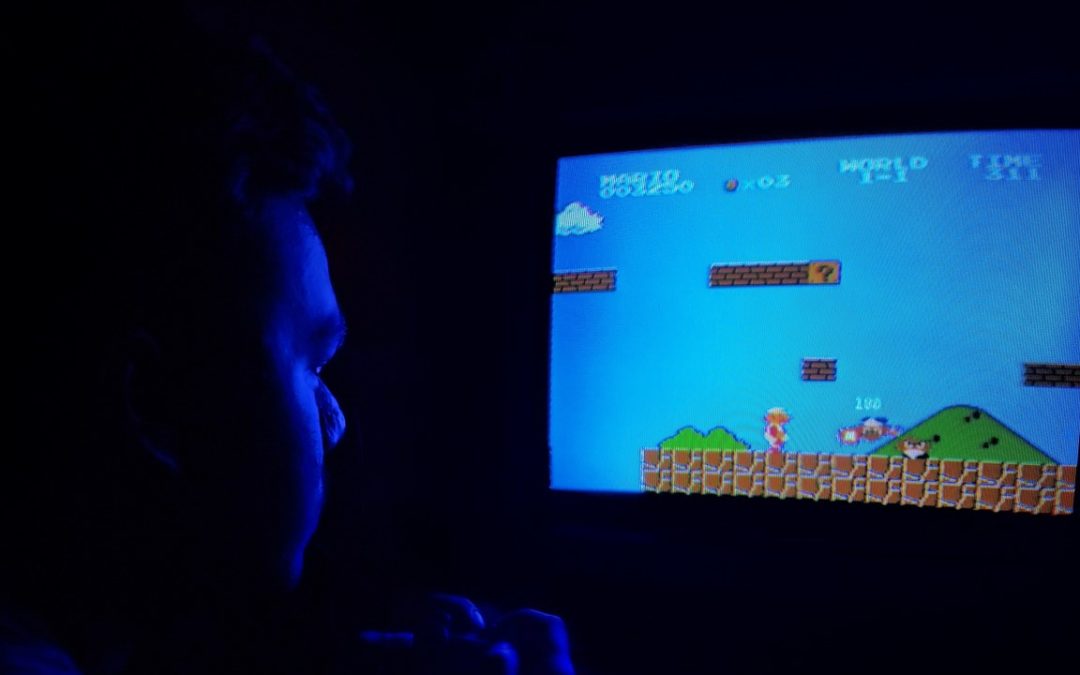Retro gaming has seen a resurgence in popularity in recent years, with many gamers seeking out classic consoles and games from the 80s and 90s. One of the key considerations for retro gaming enthusiasts is choosing the right display for their vintage consoles. While modern high-definition displays can offer stunning visuals, many retro gamers argue that CRT TVs are the best choice for a true retro gaming experience. In this article, we’ll explore the advantages of analog displays and why CRT TVs are the best choice for retro gaming, with a focus on the Amiga computer.
Firstly, it’s important to understand the difference between CRT and modern displays. CRT (Cathode Ray Tube) TVs were the standard display technology until the early 2000s, when they were largely replaced by flat-screen LCD and LED displays. CRT displays work by using an electron gun to fire beams of electrons onto a phosphorescent screen, creating the image. This analog technology has several advantages over modern displays, especially for retro gaming.
One of the main advantages of CRT displays is their ability to display lower resolutions without losing image quality. This is especially important for retro gaming, as many classic consoles and computers, including the Amiga, were designed to run at lower resolutions than modern displays can handle. The Amiga, for example, had a resolution of just 640 x 512 pixels, which looks much better on a CRT display than on a modern LCD or LED screen.
Another advantage of CRT displays is their ability to display more vibrant colors and deeper blacks than modern displays. This is because CRT displays can produce true black by turning off the electron gun, while LCD and LED displays use backlighting that can’t be completely turned off. This makes CRT displays better suited for games that rely on vibrant colors and strong contrast, which are common in many classic games, including those on the Amiga.
CRT displays also have a much lower input lag than modern displays, which can be a big advantage for retro gaming. Input lag is the delay between pressing a button on the controller and seeing the corresponding action on the screen. CRT displays have very low input lag, meaning that the action on screen is more closely synced with the player’s inputs. This can be crucial for games that require precise timing and quick reflexes, such as platformers and fighting games.
In conclusion, CRT displays offer several advantages for retro gaming, including the ability to display lower resolutions without losing image quality, more vibrant colors and deeper blacks, and lower input lag. For Amiga enthusiasts, a CRT display can provide an authentic retro gaming experience that accurately recreates the look and feel of classic games from the 80s and 90s. While modern displays offer stunning visuals and convenience, true retro gaming enthusiasts argue that nothing beats the look and feel of an analog CRT display.


